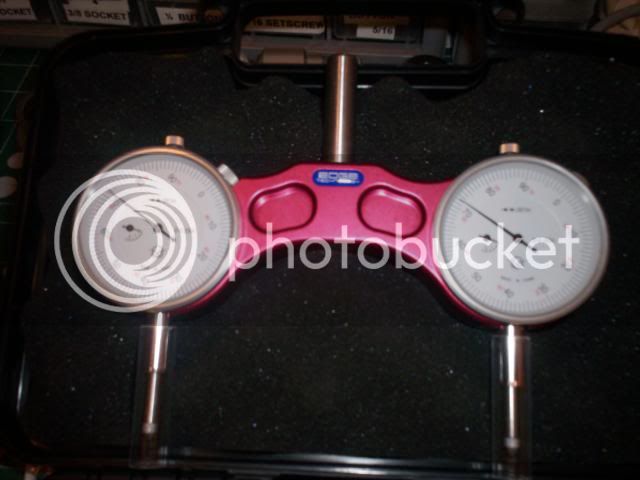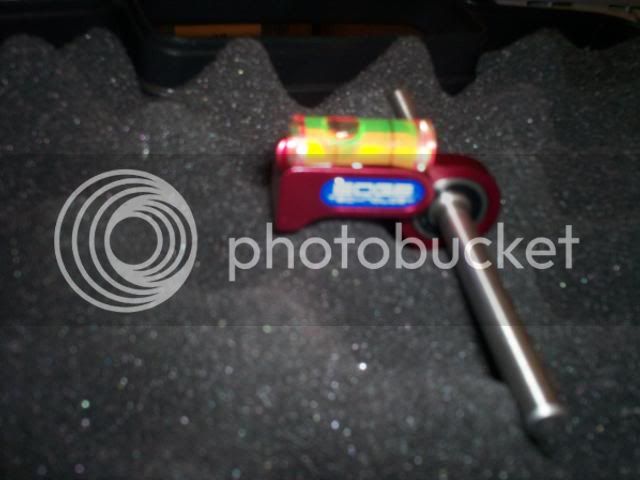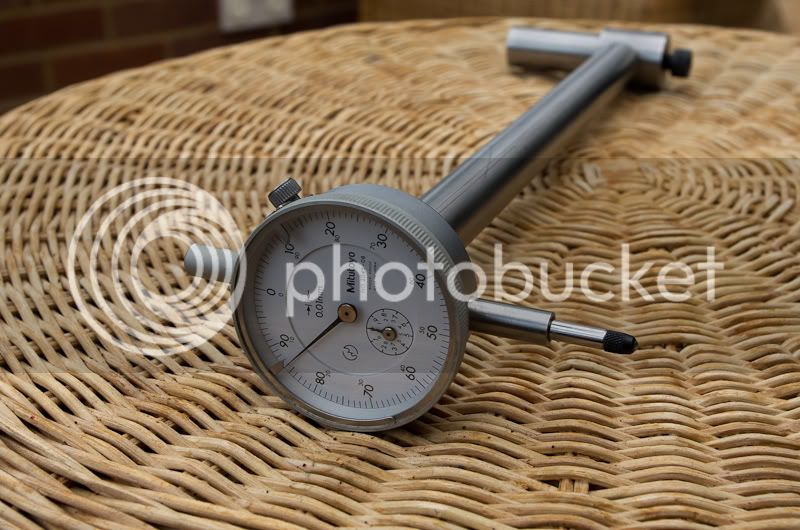Well said Tin man.... the build was fun, the tool is proving useful and thats' about all the reasons I needed to have a go. It's not the only way to tram.... it's just another way. One should feel free to tram using a DTI, the Nano-Tram or Aunt Maggie's go to meeting knickers. The new tram tool is just how it's being done here.
Tramming is only worth the time it takes if you do it as accurately as you possibly can. Practice with which ever method you prefer, but learn to do it well.
Gerald....
but that's how it doubles duty as a ball bearing fly cutter....LOL
Steve
Hi Steve,
I took a night school course in Machine Shop Basics years ago, and one of the guys complained to the instructor that even on the slowest speed he could not read the dials. Fortunately after the third time he started a lathe up with the chuck key in the chuck hes was given a refund and told never to come back.
Regards,
Gerald









